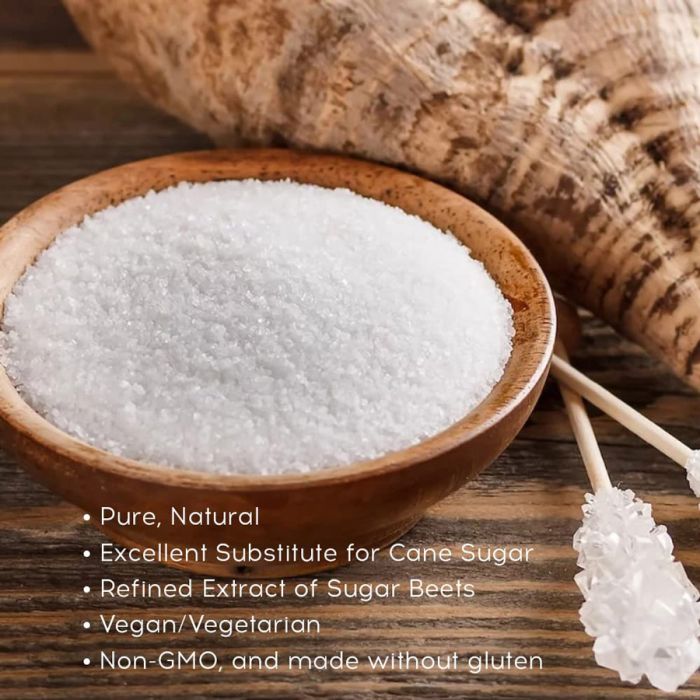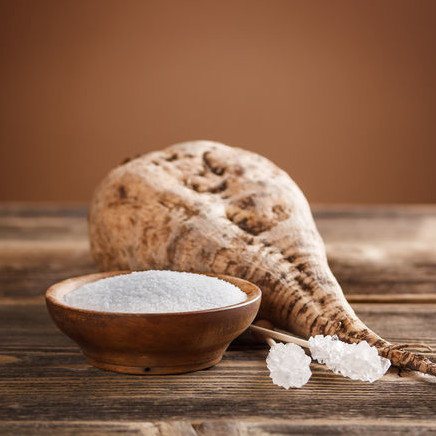The debate on beet sugar vs cane sugar often centers around processing methods and nutritional content.
The debate on beet sugar vs cane sugar often centers around processing methods and nutritional content.
Blog Article
Discovering the Differences in Usages and Benefits In Between Beet Sugar Vs Cane Sugar
In the cooking globe, the selection in between beet sugar and cane sugar is not simply about sweetness but entails a nuanced factor to consider of taste, application, and effect. While both sugars stem from various plants, each goes through one-of-a-kind manufacturing procedures that subtly influence their qualities and viability for various recipes. As chefs and consumers significantly prioritize both the environmental and taste profiles of their active ingredients, comprehending these distinctions ends up being crucial. This expedition uses understanding into how each sugar kind can best improve culinary developments.
Beginnings and Production Procedures of Beet and Cane Sugar

Cane sugar, on the other hand, comes from the sugarcane plant, a tropical yard belonging to Southeast Asia and now cultivated in exotic zones worldwide. The production of cane sugar starts with the harvesting of cane stalks, which are crushed to launch the juice. This juice is after that boiled to concentrate it, after which it is spun in centrifuges to produce raw sugar crystals. These crystals are more fine-tuned to create the white sugar frequently readily available in shops.

Nutritional Content and Health And Wellness Considerations

When contrasting the dietary content of beet sugar and cane sugar, it comes to be noticeable that both types basically give the same calorie values, with around 16 calories per tsp and no considerable nutrient diversity. Each is composed virtually completely of sucrose, which is a basic carb that offers quick power but does not have vitamins, minerals, or fiber. This similarity includes their influence on wellness, especially worrying blood sugar levels. Both sugars, when consumed over, can add to elevated blood sugar levels, a risk element for diabetes mellitus and other metabolic disorders. Moreover, too much consumption can result in weight gain and oral troubles, as both sugars are just as cariogenic, promoting dental caries. From a wellness point of view, moderating intake of any type of sugar, whether from beet or cane, is suggested to avoid these potential unfavorable results on health. Hence, neither holds a distinctive advantage over the various other in regards to wellness benefits.
Flavor Accounts and Culinary Applications
Regardless of their similar chemical structures, beet sugar and cane sugar vary subtly in taste, which can affect their use in numerous culinary contexts. Cane sugar frequently lugs a tip of molasses, even in its polished type, offering a warm, caramel-like touch that improves baked goods, coffee, and chocolate-based dishes. On the various other hand, beet sugar is defined by its highly improved, neutral taste, making it a flexible sweetener that does not modify the flavor profiles of recipes.
Environmental Influence and Sustainability
While both beet and cane sugars are stemmed from plants, their environmental influences differ dramatically because of the here are the findings distinct techniques of farming and processing needed for every. Sugar beet farming typically entails comprehensive automation, which can enhance fossil gas consumption and carbon exhausts. Nonetheless, beets can be expanded in cooler climates and require much less watering, possibly minimizing water usage compared to sugarcane. Sugarcane, on the other hand, is typically expanded in exotic areas where it relies heavily on watering and a much longer growing duration, increasing its water footprint.
Additionally, the handling of sugarcane frequently generates a significant amount of waste, including bagasse, which, although usable as biofuel, regularly contributes to air pollution if shed inefficiently. Sugar beet handling utilizes even more of the raw materials, resulting in much less waste. Both sectors encounter obstacles in decreasing their environmental footprints, but ongoing innovations in farming methods and waste administration are aiming to boost sustainability.
Economic Factors Affecting the Sugar Industry
The financial dynamics of the sugar industry are significantly affected by international market needs and trade policies. In regions where sugarcane or sugar beet production is subsidized, producers may have a monetary benefit that allows them to supply reduced rates on the global market.
Additionally, fluctuations in worldwide demand for sugar, influenced by dietary patterns and commercial usage in food, directly effect rates and manufacturing degrees. beet sugar vs cane sugar. Climate condition additionally play a crucial duty, click resources as they can dramatically influence plant returns and, as a result, the supply chain. This variability introduces a level of economic uncertainty that can result in investment volatility in sugar production sectors, influencing choices from growing to market technique
Final Thought
In go conclusion, both beet and cane sugar have one-of-a-kind qualities that match various culinary demands. While cane sugar imparts a rich taste ideal for improving baked goods, beet sugar's neutrality is ideal for lighter recipes.
Report this page